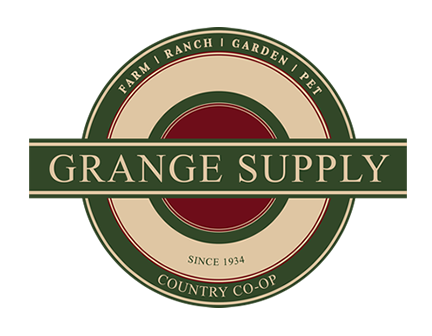
Our simple, how-to guide will have you canning your summer harvest in no time
New to Canning?
Preserving and canning can seem intimidating at first, but they can be an easy way to save money and give fruits and veggies a longer shelf life. You can enjoy homegrown vegetables and fresh fruit year-round and make pickles, salsa, jams and jellies from scratch.

Getting Started
Before you get started, it’s important to have all the right tools. Here’s a list:
- Mason jars with new lids and bands.
- Everyday kitchen utensils such as a spatula, funnel and tongs.
- A pressure canner or a boiling water bath canner.
Foods with high acidity, such as fruits and tomatoes, can be processed in a boiling water bath canner. These foods are naturally acidic and able to kill bacteria at boiling point (120°). Foods with low acidity, like vegetables and soups, require a pressure canner (not to be confused with a pressure cooker), which reaches high enough temperatures (240-250°) to kill any bacteria.
It might be easier to try canning produce with high acidity first, because most pots found at home can be converted into boiling water bath canners.
The Process
Although low-acidity and high-acidity foods use different kinds of canners, the overall canning process is virtually the same for both.
- Gather ingredients; read through recipe and instructions.
- Wash and dry jars, lids and bands.
- To prevent cracking when hot food is added, heat jars and lids in hot (not boiling) water. Bands should be kept at room temperature so they’re easier to handle.
- Simmer 2-3 inches of water in pressure canner or fill boiling water canner half-full of water and simmer while food is being prepared and placed in jars. If using a pressure canner, follow the manufacturer’s instructions.
- Prepare food.
- Remove jars from canner using tongs or similar kitchen utensil and fill with food, leaving appropriate headspace as called for in recipe. (Headspace is the space between the food and the lid.) If the recipe calls for it, remove air bubbles in food by running a spatula between the food and the inside of the jar.
- Clean rim of jar and place lid on top, making sure it’s centered so the seal makes contact with the rim. Tightly screw on band.
- Return filled jars to canner. If using a pressure canner, follow manufacturer’s directions. If using a boiling water canner, place lid on top and bring to a boil. Depending on the recipe and your altitude, processing times will differ.
- Remove jars from canner and let sit 12-24 hours. Don’t re-tighten or adjust the bands.
- To be sure the lid is sealed to the jar rim, remove the band and try to lift the lid off. If the lid stays put, the jar was sealed successfully.
- Label your jars and store in a dry, cool place.
Sources: USDA Guide to Home Canning (2006) and Ball Canning Corporation. For more information, visit www.uga.edu/nchfp or www.freshpreserving.com
Canning Tips
- Remember to adjust the processing time for your altitude. The air is thinner at higher altitudes, which causes water to boil at a lower temperature. Lower boiling temperatures are not as effective at killing bacteria. To compensate, increase the processing time or canner pressure.
- Use Mason jars to preserve foods, but never re-use the lids.
- Only use a boiling water bath canner or a pressure canner. Open-kettle canning or the use of a dishwasher, oven or microwave for processing is not recommended
- Canned food should only be kept up to a year. Only can the amount of food your family will consume over the span of a year.


